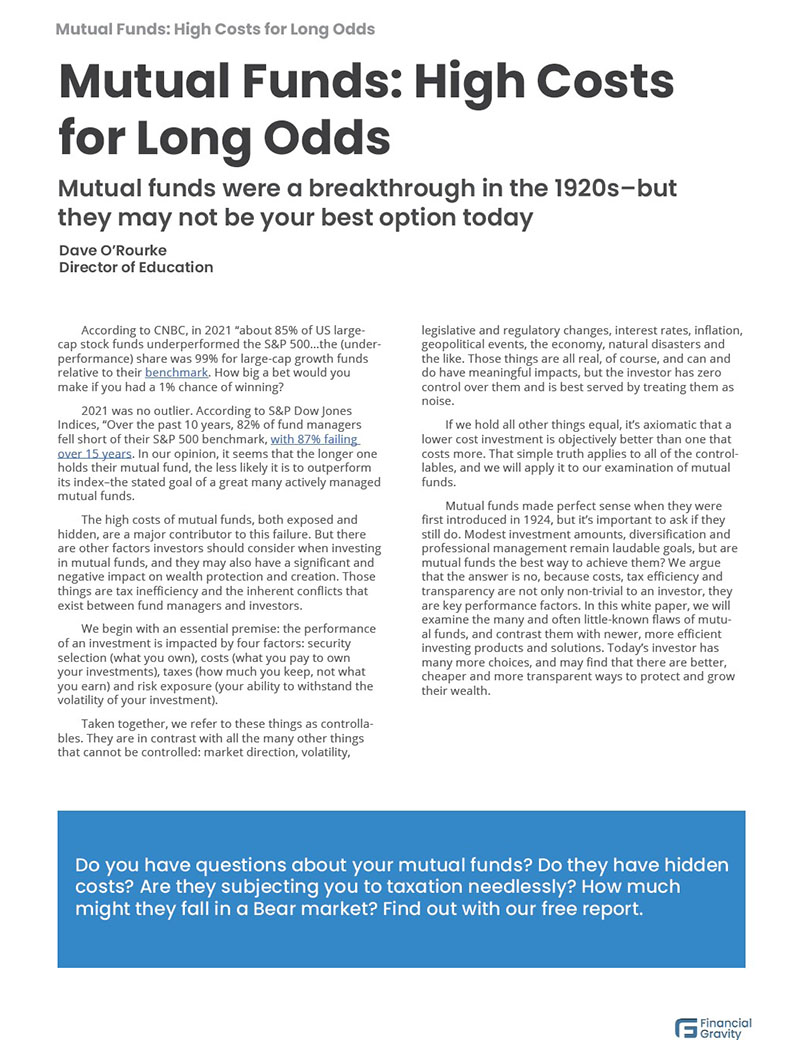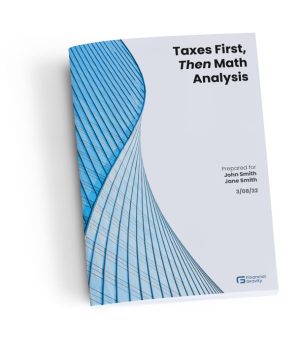The biggest story in the world of finance these days is the health of our banking system. Last month, we witnessed a classic bank run at Silicon Valley Bank. This wasn’t the Bailey Building & Loan of Bedford Falls; SVB had $209 billion in assets.
There’s another important difference between this run and the one in It’s a Wonderful Life: no one had to line up at the teller window to get their money. It was an electronic run, and the panic grew at the speed of social networks.
SVB’s remarkable growth was due, in part, to its special relationship with the tech and venture capital community in the Bay Area. In an ironic twist, its demise may have been accelerated, if not outright caused, by large VC firms putting out the call to their portfolio companies to pull their cash asap.
Most Americans have little to no idea how banks operate, beyond check processing, direct deposit, and automated bill paying. Despite massive investments in branding to create loyalty, banks are essentially technology companies that process large numbers of transactions, using currency that is increasingly virtual.
In 2021, the Harvard Business Review reported that over 97% of all the money in US banks is digital. Online transactions simply create ledger entries, and money is debited or credited without the need to transfer any actual cash.
This all raises some existential questions, like “is our money real at all?” The answer appears to be yes…and no. Economists define money as anything that acts as a store of value, a unit of account, or a medium of exchange. The dollar performs all three functions, and has been the money of the United States since April 2, 1792, when Congress passed the Mint Act.
It is believed that the first money was the shekel, invented in Mesopotamia about 5,000 years ago. The shekel wasn’t money as we know it; it was a unit of weight that made the trading of certain goods, like wheat, faster and more reliable. Metal coins didn’t come along for another 4,000 years, and paper money was developed in China between 800 and 700 BCE.
Increasingly, our money today has largely evolved into binary code, existing only as electrons, and depending for its existence on what amounts to faith. This is nothing new; money has always depended on the faith people place in it.
There are many metals that are significantly more scarce than gold, yet gold has been a store of value since around 600 BCE, when the first gold coins were minted in Asia Minor. Today, gold is advertised as a sort of anti-dollar, an alternative pitched as a safe haven, and “inflation-proof” because it tends to go up when other assets, like stock and bonds, and even the dollar, lose value.
Why gold is considered a safe haven, or often reacts positively when other assets are in distress, is anyone’s guess. It’s just faith. Put another way, money of any type is a confidence game, and we’re all in on it. When or if enough of us lose that confidence, you get something like a bank run. A stock market crash, which, thankfully, is a rarely used term, is essentially a run on stocks. As people rush to withdraw their money from a bank, they stampede to sell their stocks when panic sets in.
People have understood the importance of faith in money for centuries, even millenia. Faith is actually written into Article 1, Section 8 of the US Constitution, which stipulates that each state shall give “full faith and credit” to every other state’s public acts, records, and judicial proceedings. All states, and therefore all people in the US, give full faith and credit to the US Treasury to mint and oversee America’s money.
The US government actually made the conscious decision to make the dollar a fiat currency in 1968, when it was no longer redeemable for silver at the Treasury or the Federal Reserve Bank. Older readers of the Chronicle will remember “silver certificates.” The social meme “it is what it is” perfectly describes the US dollar.
Bank runs happen when depositors lose faith in the solvency of their bank. Stock market crashes happen when investors lose confidence in the broader economy’s ability to make profits. And bad things, like the French or Bolshevik Revolution, happen when citizens lose faith in their government.
We can apply the same definition of money to digital currencies, but when we do, we see that Bitcoin and its ilk don’t seem to be very good money. As a store of value, they have a spotty record, since, as a “currency” they lost 75% of their value in the last year. As a unit of account, they are inefficient and can be wildly volatile—see the collapse of FTX earlier this year. And as a medium of exchange, they are at best esoteric. Some firms do accept Bitcoin as money, but it’s unlikely that you or anyone you know has ever paid for anything with Bitcoin.
One hesitates even to contemplate a world without the US dollar. When its value fluctuates against the currencies of our global trading partners, we can see the price of imports rise or fall, and we can all witness the erosion of its purchasing power during periods of high inflation. We should take comfort from our nearly 250 year history, during which our country has experienced remarkable ups and downs, threats and crises. Through it all, the dollar has kept faith with the American people, and they with it.
Inflation Update
Many economists and asset managers use an indicator called the 10-Year Breakeven Inflation Rate to help guide their asset allocation decisions. The rate is derived by calculating the difference, or spread, between the yield on 10-Year Treasury bonds and the 10-Year TIPS yield. TIPS is an acronym for Treasury Inflation Protected Securities.
This indicator provides investors with a proxy for expected inflation over the next ten years. On April 11th of this month, that rate was 2.29%[1]. We should all take some comfort from that; it indicates that the high inflation we’ve been experiencing is expected to return to somewhere near the Fed’s target rate of 2%.
The news of late seems to support these expectations; the consumer price index was up 5% year-over-year last month, down from 6% in February, and well below the numbers we saw during the worst of the Pandemic.
The principal tool for inflation fighting is interest rates. The Fed has aggressively raised interest rates over the past year. Since March 17, 2022, the Fed has raised rates nine times, from nearly zero to 4.75%[2]. This has caused just about everything to get more expensive, from credit cards to mortgages.
Ironically, it was these rate hikes that killed Silicon Valley Bank. We covered this in some depth in last month’s Chronicle, but it’s worth remembering that when interest rates rise, bond prices fall. As a general rule, the more years there are until a bond matures, the more prices fall. This is less of a problem for those who hold the bonds to maturity, but can be a big problem for investors who need liquidity. That is exactly what happened to SVB.
Even those bondholders who hold their long-duration bonds until maturity have a less-than-ideal situation. For example, you have 10-Year Treasury bonds you bought two years ago when they were yielding about 1.7%. If the CPI is 5%, you are effectively losing purchasing power—you’re slowly, but safely, getting poorer.
Investors with diversified portfolios often hold bonds along with stocks. If this includes you, now might be a smart time to consider your bond holdings in the context of your larger retirement security plan. Our Family Office Services team can help you with that without cost or obligation. As always, we will look to make sure you are taking advantage of all relevant tax avoidance strategies.
Getting your report is simple; it starts with a brief conversation where we’ll tell you what we need.
Sources:
[1] stlouisfed.org
[2] forbes.com


